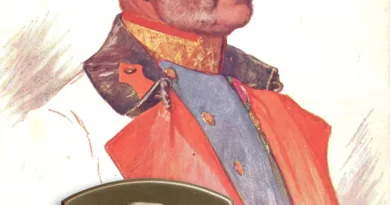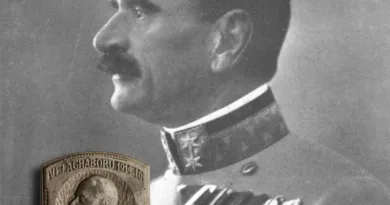Lieutenant General Pál Nagy
In the Great War, he was first commander of the 72nd Infantry Regiment, then in November he led the 38th Infantry Division as a major general. In the winter of 1914-15, during the Carpathian battles, he was the commander of the much-tried 20th division and played an important role in the fact that the Russian attack stalled in the Lupkov Pass. However, his name is mostly associated with the 40th Honvéd Division, which he led from July 1915 until the collapse of 1918. The division fought as part of the 7th Army on the Russian front, in Bukovina, and in the Carpathian front, around Dorna-Vatra and Kirlibaba. I have already written about these fights in several posts (here and here). On August 17, 1918, he received the Knight’s Cross of the Mria Thersia Military Order for an action in August 1914.

After the war, he was reactivated at the end of 1919 and appointed commander of the Miskolc military district. In 1921, he was elected deputy captain of the Hungarian Vitéz Order. On October 23, during the second coup d’état, he led the troops loyal to Governor Miklós Horthy in the Battle of Budaőrs. A small personal addition: my grandfather, a medical student, also took part in this one-day battle. In 1922, the governor appointed infantry general Pál Nagy as commander-in-chief of the Royal Hungarian Army. He held this position until 1925. He died in 1927.

In the opening picture, Lieutenant General Pál Nagy can be seen in front of the building of the headquarters of the 29th Honvéd Infantry Regiment on the Bukovina front. For this post, I chose the 40th Division’s trademark Kappenabzeichen with the “fokos”, which I also wrote about here.




